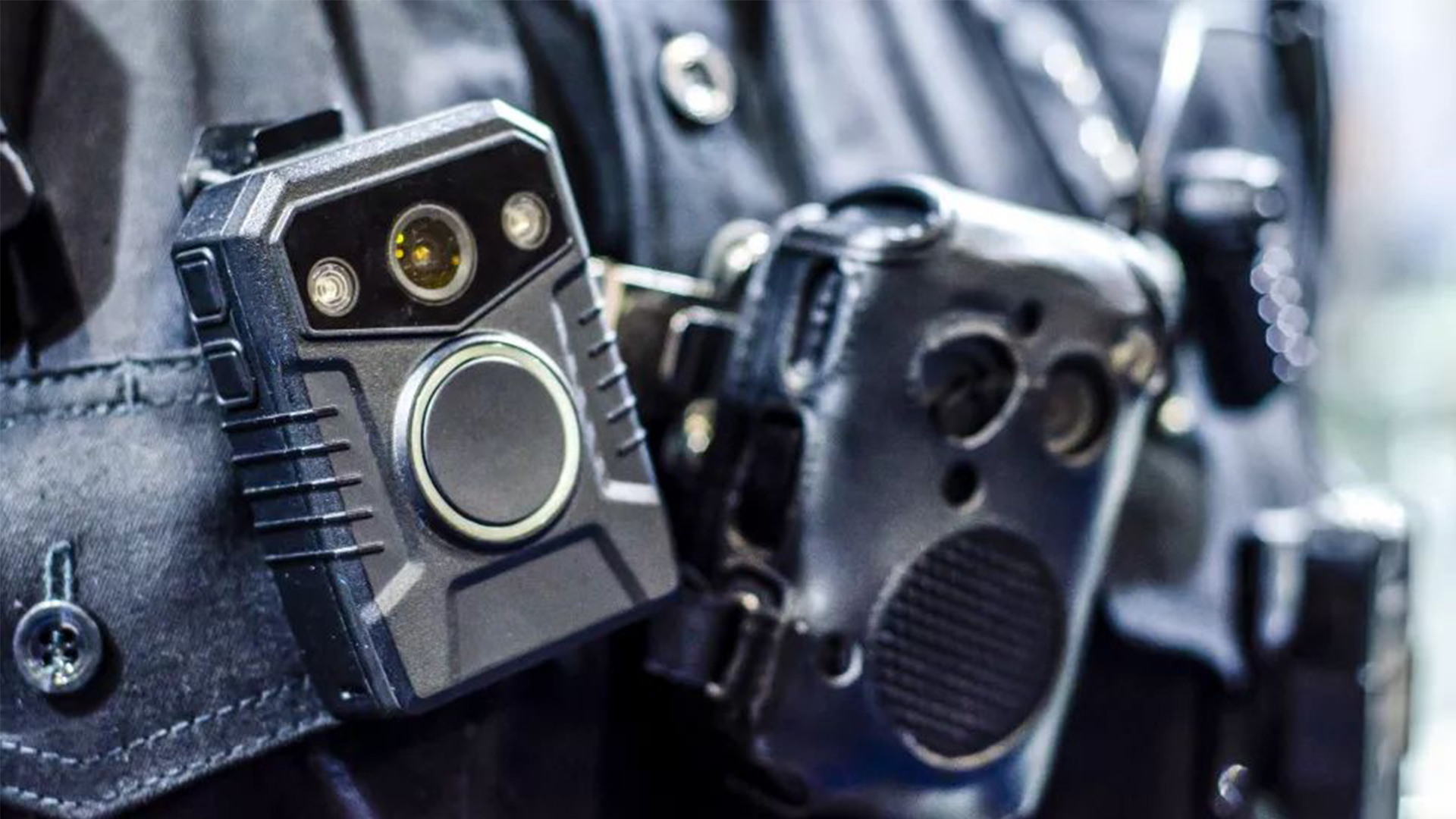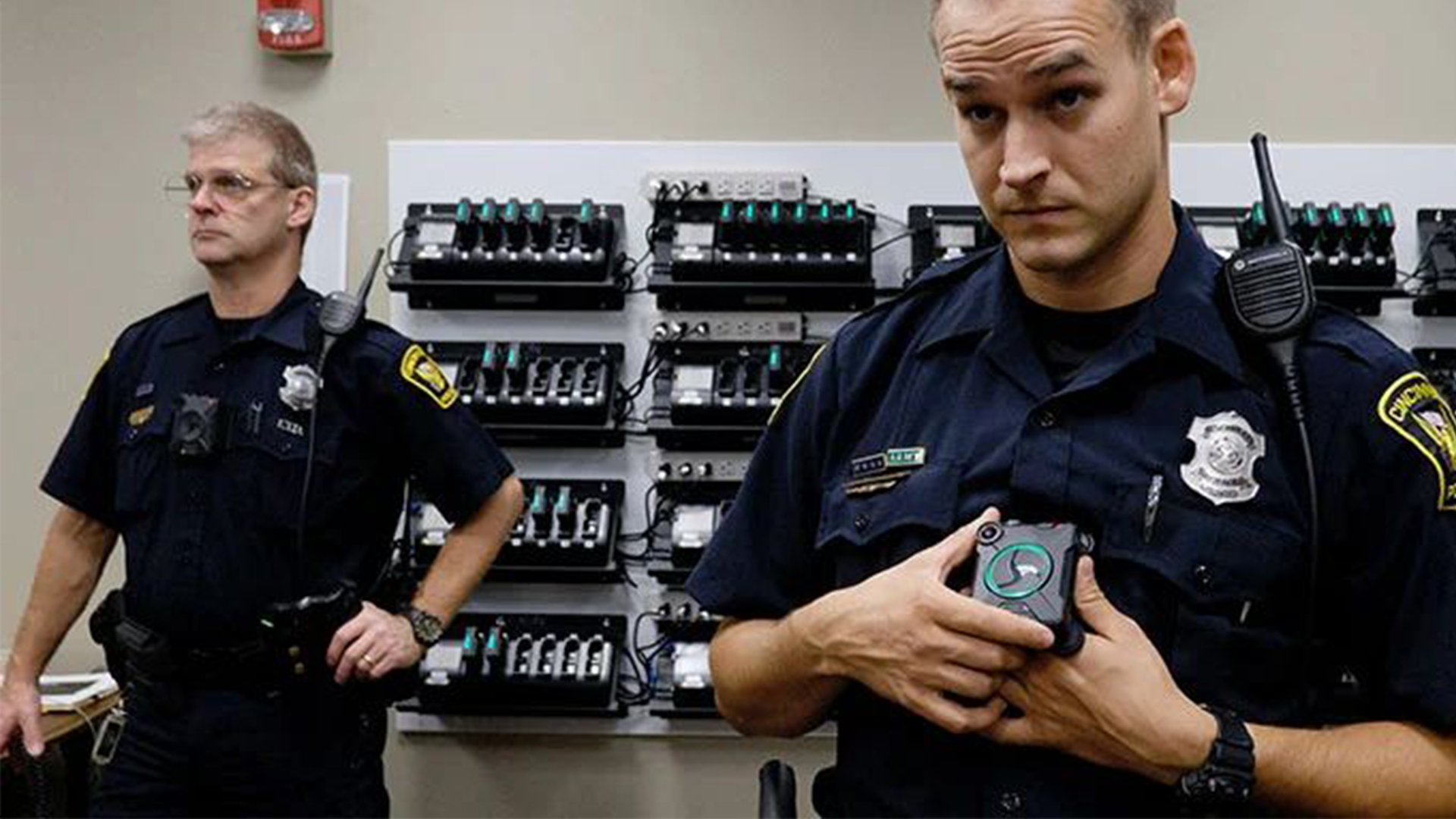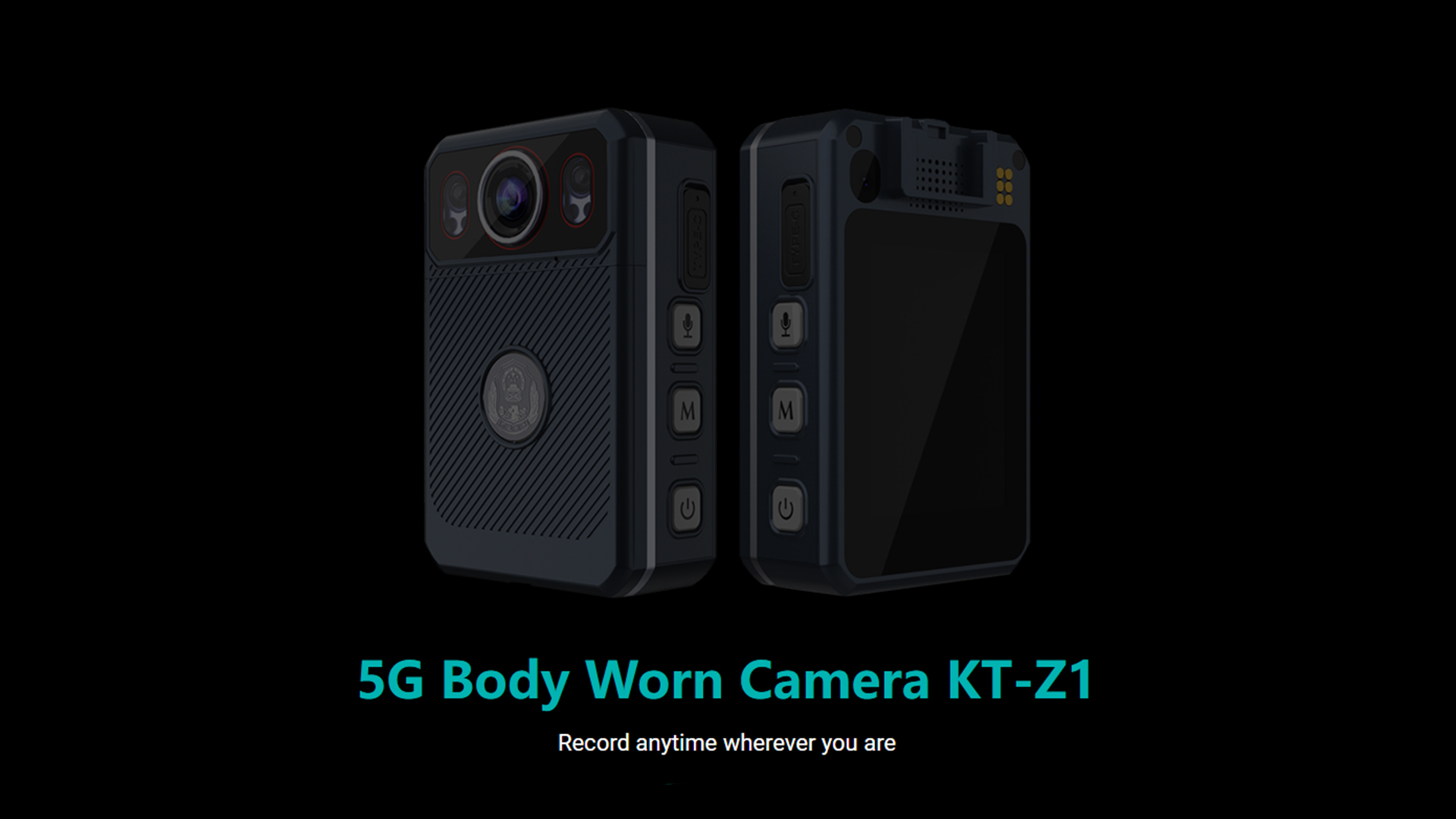Understanding Body Worn Cameras
In the simplest terms, a body worn camera, often called bodycam, is a device that is usually attached to a person's clothing to record video and audio footage of their encounters. Over the years, these cameras have gained significant traction among law enforcement officers, security personnel, and other professionals who need to document their interactions for accountability and transparency purposes.
Whether it's to ensure the safety of workers, to provide evidence for legal procedures, or even to record personal adventures, the role of body worn cameras cannot be underestimated. They can offer an unbiased, first-person perspective of events, which is invaluable in many situations.
While body worn cameras are most commonly associated with law enforcement, their use has extended to various sectors, including healthcare, education, and transportation. The variety of application underlines the importance of understanding how these devices work and how to choose the one that suits you best.
The Importance of Body Worn Cameras
The advent of body worn cameras has revolutionized the way we document and recall events. They provide a first-hand, unedited perspective of incidents, which can often prove crucial in legal and administrative proceedings. In the law enforcement realm, for instance, these devices have been instrumental in ensuring officer accountability, promoting transparency, and improving community relations. Beyond law enforcement, body worn cameras have also found utility in various other sectors. In the healthcare sector, for example, these cameras are used to record patient interactions, which can be useful in training and evaluation. Similarly, in the education sector, body worn cameras are used to document incidents of bullying or other disruptive behavior. The importance of these devices, however, isn't merely confined to their recording capabilities. They also serve as a deterrent, discouraging improper behavior and promoting adherence to rules and regulations. This, in turn, fosters a safer, more accountable environment, regardless of the setting.

How to Choose the Right Body Worn Camera: An Expert's Advice
When it comes to choosing a body worn camera, there are several features to consider. First and foremost, the video and audio quality of the camera is crucial. Choosing the right body worn camera is not just about selecting a device with the best features. It's about finding a camera that best fits your specific needs and circumstances. Here are some expert tips on how to choose the right body worn camera. Firstly, identify your particular requirements. Are you a law enforcement officer who needs a sturdy, weather-resistant camera with night vision capabilities? Or are you a healthcare professional who requires a lightweight, unobtrusive camera with a long battery life? A good warranty and responsive customer service can go a long way in ensuring the longevity and reliability of your camera.
Case Study: Successful Implementation of Body Worn Cameras
Let's look at a case study to understand the successful implementation of body worn cameras. The Rialto Police Department in California equipped its officers with body worn cameras in 2012. Secondly, they implemented comprehensive policies regarding when and how the cameras should be used. Finally, they engaged with the community to explain the benefits and limitations of body worn cameras, thereby fostering transparency and trust. This case study underscores the importance of not just choosing the right body worn camera, but also implementing it effectively.
Pros and Cons of Different Brands of Body Worn Cameras
There are several brands of body worn cameras available in the market, each with its own set of pros and cons. Brands like Axon and GoPro are renowned for their high-quality video and audio recording capabilities. However, these brands can be on the higher end of the price spectrum. On the other hand, brands like Boblov and Transcend offer more affordable options. These brands may not offer the same level of video quality as their pricier counterparts, but they do provide decent performance for their price. It's important to remember that the best brand for you depends on your specific needs and budget. Hence, it's advisable to do thorough research and possibly test out different brands before making a decision.

Maintenance and Longevity of Body Worn Cameras
The maintenance and longevity of body worn cameras is something that we take very seriously. Of course, you want to make sure that your body camera is working properly. And You don't want to miss a crucial piece of evidence because of a faulty camera. But, more than that, you want to make sure that your camera is going to last for years to come. We know that how important it is to have a functioning camera for you when an incident happens—and we also know how frustrating it can be when your camera stops working for no reason. That's why we take time out of our busy day to ensure that all of our cameras are in good working and operating order and ready for whatever challenge they may face on the job. From checking the batteries to making sure the lens is clean, we do everything in our power to ensure that your body worn camera will work reliably for as long as possible.
Additional Resources for Choosing a Body Worn Camera
While this guide provides a comprehensive overview of how to choose a body worn camera, there are several additional resources that can aid your decision-making process. Online forums and communities can also be valuable sources of information. Websites like Reddit have several communities where users share their experiences and advice on choosing and using body worn cameras. If you're looking for a body worn camera, we've got some resources to help you out.
Firstly, you should check out our blog post "6 Tips for Choosing a Body Worn Camera." It's got all kinds of information about what kind of things you should consider when making your decision, including the importance of weighing in other factors like your budget and the size of your team. if you want to know more about why we think body worn cameras are so important or how they can make your life easier, read our article "Why Body Worn Cameras Are So Important." You'll learn everything from why video evidence is so much more powerful than written statements to how body cameras can improve officer safety and reduce liability concerns. There are lots of great articles on our blog that talk about other aspects of body worn camera use—like how they can help with citizen complaints and increase accountability—so take a look at those too!

Making an Informed Decision on Body Worn Cameras
Choosing the right body worn camera involves careful consideration of your specific needs, the camera's features, and your budget. By doing your research and consulting various resources, you can make an informed decision that best serves your requirements. Remember, a body worn camera is not just a recording device; it's a tool that promotes accountability, transparency, and safety. Hence, choosing the right camera is crucial in ensuring that these objectives are met.
What battery life and memory should I look for?
When it comes to buying a body worn camera, there are a lot of options. You can go for the most basic model that has no features and spend less money. Or you can spend more on a camera with more features, but still be limited in what you can do with it. There are also cameras that cost hundreds of dollars and have all the bells and whistles you could ever want. You might not know where to start, and that's why we're here. You'll want to think about the battery life and memory you're looking for before you start choosing your a body worn camera. If you plan on using your a body worn camera for long periods of time away from an outlet, then you'll want to look for one with a longer battery life. If you're planning on using it only in short spurts and can charge it often, then this isn't as much of a concern. Memory is another important factor when considering what kind of a body worn camera will meet your needs.
How should I choose a Body Worn Camera?
First, you need to figure out what you want the camera for. Do you want one that records audio or just video? If it's audio, are there times when you don't need it? Are there times when it's actually distracting for other people around you?
Next, think about how many people will be using the camera. Will it be shared among several officers or used by just one? If there are multiple officers using the camera, consider whether they'll need to share footage with each other or not. Then think about how much storage space you'll need. How many days' worth of footage should each officer get? How much storage space is available in your department's budget?
And finally: how long do you need the battery to last? If you're only going to be using your camera in short bursts—like when responding to an emergency call—then an internal battery may be sufficient. But if you want something that will last longer (like doing surveillance around the clock), then look into external batteries instead. These can often be charged while they're still attached to their host device and won't require any additional equipment (like chargers) on site during use!

Where will I store my body worn camera data?
The body-worn camera data is stored in a cloud-based platform that is only accessible to law enforcement officers. The data is automatically saved to the cloud as soon as an officer starts recording and stops recording when the officer stops recording or turns off the body-worn camera. For your body worn camera data, we recommend storing it in a secure location. This means a computer or device that is only accessible by you and your team members, and that has limited access to the outside world. The best way to do this is to store the data on an encrypted USB drive or SD card. If you're looking for an entry-level body worn camera that doesn't have any fancy features like GPS tracking, then there are a variety of options available at various price points. Some cameras even come with free cloud storage so that recordings can be uploaded later on your own time and look for easily in another device when they are needed most (like when your footage is lost).
If you choose to use a cloud-based storage system, make sure the company has robust security measures in place. You want to make sure they have strong encryption and physical protection of their servers, as well as regular penetration testing by third parties who can verify the integrity of their systems.
What technology do I need when using a body worn camera?
Technology is a big part of the body worn camera market. There are many different options, which can make it difficult to choose the right one for your needs.
The first thing you need to consider is whether or not you want an integrated camera or a separate device. If you're looking for something that is easy to use and won't get in the way of your work, then an integrated option is probably best for you. However, if you want more control over the quality of your video and audio recordings, then a separate device might be better suited to your needs.
When you are choosing a body worn camera, another important fator is battery life. Some devices can last up to 24 hours without needing to be recharged; while others only last for a few hours before needing to be plugged in again. If you're planning on using your device for long shifts or in remote locations and tourism where charging stations aren't readily available, then it is important for you to find one with good battery life so that you won’t have any issues while working out in the field!


 French
French German
German Arabic
Arabic Italian
Italian Spanish
Spanish Japanese
Japanese Persian
Persian Korean
Korean Chinese (Simplified)
Chinese (Simplified)









